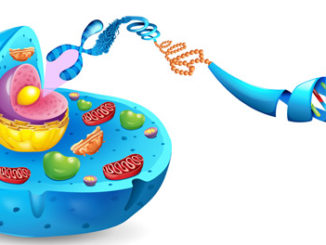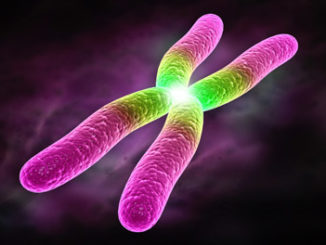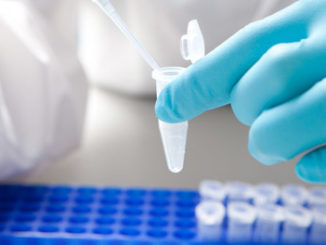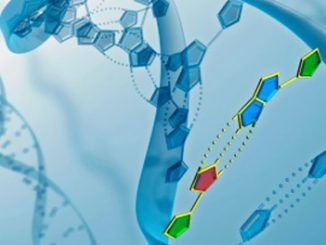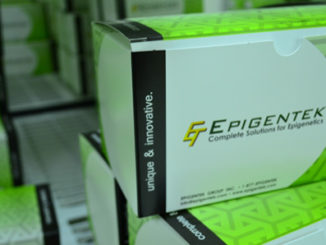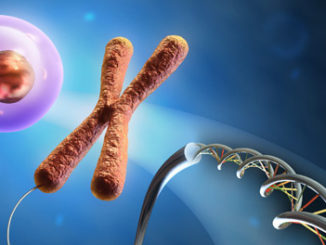What is Epigenetics technical articles are geared towards epigenetic research techniques, news, and trends in the field of epigenetics, written by scientists from universities and institutions including UCLA, Hofstra, NIH, Johns Hopkins, and more.
Explore in detail new epigenetic research techniques and tips for topics like next-generation sequencing (NGS) in epigenetics, m6A RNA methylation, CRISPR/Cas9 system epigenetic editing, chromatin immunoprecipitation (ChIP) protocol optimization, and single-cell epigenomics methods.
Want to share your research? Submit your own epigenetics article to be featured.
Messenger RNA (mRNA) is a single-stranded RNA molecule that is essential in mediating the transfer of genetic information from DNA by serving as a template for protein synthesis. There are several mechanisms involved in regulating the stability of messenger RNA to influence the level and timing of protein production. Such mechanisms include regulatory elements such as sequence elements or structural motifs that can target mRNA for degradation. Furthermore, post-transcriptional modifications such as dynamic methylation of mRNA could also be involved [more…]
In eukaryotic RNA, the methylation of adenosine at the N6 position to form N6-methyladenosine (m6A) is the most common and abundant postsynthesis modification known. Until recently, the biological significance of this RNA modification has remained unclear due to technical and experimental limitation. These include: detection methods that are mostly limited to immunoprecipitation; low resolution mapping of m6A around methylation sites which cause precise locations to be unclear; and the lack of an experimental model for depletion of the methylation complex [more…]
Scientists at Stanford University School of Medicine have developed a rapid and sensitive method for integrative epigenomic analysis called assay for transposase-accessible chromatin using sequencing (ATAC-seq).This assay is based on direct in vitro transposition of sequencing adaptors into native chromatin, which captures open chromatin sites using a simple two-step protocol with 500–50,000 cells and reveals the interplay between genomic locations of open chromatin, DNA-binding proteins, individual nucleosomes and chromatin compaction at nucleotide resolution. By using ATAC-seq, the scientists discovered classes of DNA-binding [more…]
Researchers at Epigentek recently developed a new and breakthrough approach to identify the “fifth base” of RNA, N6-methyladenosine (m6A) to efficiently study RNA methylation in a practical and cost-effective manner. The technology is based on a high throughput and strip-well microplate format and is made commercially available as the EpiQuik m6A RNA Methylation Quantification Kit, the first of its kind. It was commonly believed that messenger RNA (mRNA) contains four nucleobases — guanine, adenine, uracil, and cytosine. However in 2012, [more…]
The scientists at MIT describe an approach for efficient targeted demethylation of specific CpGs in human cells using fusions of engineered transcription activator–like effector (TALE) repeat arrays and the TET1 hydroxylase catalytic domain. Using these TALE-TET1 fusions, they demonstrated that modification of critical methylated promoter CpG positions can lead to substantial increases in the expression of endogenous human genes. Genome-wide studies have defined cell type–specific patterns of DNA methylation that are important for regulating gene expression in both normal development2 [more…]
5-methylcytosine is found in the context of paired symmetrical methylation of a CpG site. In normal somatic cells, most CpG sites are heavily methylated, while CpG islands (sites of CpG clusters) in germ-line tissues and located near promoters, remain unmethylated thus allowing gene expression to occur. When a CpG island in the promoter region of a gene is methylated, expression of the gene is repressed. The addition of methyl groups is controlled at several different levels in cells and is [more…]
In their studies, the scientists at Beckman Research Institute of City of Hope demonstrated that Ten eleven translocation (TET) enzymes and thymine DNA glycosylase (TDG) can be direct targets of the microRNA miR-26a. These DNA demethylation enzymes are down-regulated in islets during postnatal differentiation, whereas miR-26a is up-regulated. They also report that changes in 5-hydroxymethylcytosine accompany changes in TET mRNA levels and over expression of miR-26a in mice increases postnatal islet cell number in vivo and endocrine/acinar colonies in vitro. [more…]
Scientists at Epigentek developed a series of new products for DNA library preparation used in next generation sequencing analysis of epigenetic mechanisms including genome-wide DNA methylation and DNA-protein interaction. Next-gen sequencing requires an initial preparation of a DNA library, but often necessitates a high amount of starting materials to achieve. This makes tumor biopsy and embryonic tissue samples especially challenging to sequence for epigenetic applications. Current commercial offerings from other companies are also rather expensive as well as laborious. These [more…]
The scientists from A*STAR’s Institute of Medical Biology (IMB) and Institute of Molecular and Cell Biology (IMCB) developed a novel methodology to probe single cells for various DNA-methylation errors at multiple loci to reveal failed maintenance of epigenetic mark results in chimeric mice, which display unpredictable phenotypes leading to developmental arrest. This methodology allows the use of a special technique utilizing a microfluidic device to safely extract one cell for performing the assay called “pronuclear transfer” to ameliorate reprogramming defects in embryos. This study not [more…]
To form chromatin, DNA is tightly wrapped around nuclear proteins called histones. The repeating DNA-histone complex, which consists of 146 base pairs of double-stranded DNA wrapped around eight core histone proteins (H2A, H2B, H3 and H4), is called a nucleosome. Histone proteins are involved in structural organization of chromatin in eukaryotic cells. They can undergo various posttranslational modifications (PTMs) such as methylation/demethylation and acetylation/deacetylation, which can alter their interaction with DNA and nuclear proteins resulting in remodeling of chromatin structure [more…]


